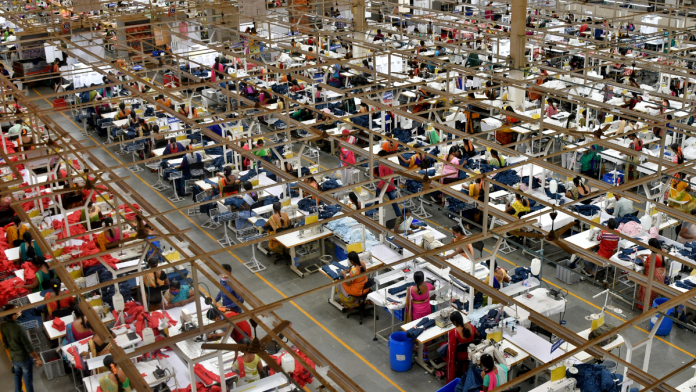By B.M Sharma
Every year, the fashion and textile industries contribute billions of dollars to the global economy. Conversely, they have an adverse environmental impact. Approximately 20% of water pollution and 10% of greenhouse gas (GHG) emissions emerge from textiles. By 2030, the fashion sector’s GHG emissions are anticipated to soar by more than 50%.
Heavy Carbon Imprint and Sustainable Practices
India is the world’s largest textile and apparel manufacturer, with the sector accounting for 2.3% of the country’s GDP. By 2030, the industry plans to touch $250 billion in the production of textiles and $100 billion in exports. On the flipside, the textile sector generates 7,793 kilo tonnes of waste. Of this, 3,944 kilo tonnes is post-consumer textile waste. Almost 34% (1,347 kilo tonnes) of post-consumer textile waste reaches landfills, where some of it will require more than 200 years to decompose.
As climate change becomes a grim global reality, more consumers want apparel makers to offer fabrics based on sustainable processes. According to the India Sustainability Report 2023, 45% of respondents sought to embrace recyclable fashion, 49% aimed to adopt sustainable practices, and 22% preferred upcycled garments. Consequently, big brands are accepting the significance of sustainability. More than 40 prominent companies in India have committed to the SBTi (Science-based Target Initiative) framework for actively lowering GHG emissions. Likewise, top global brands are outlining GHG emission reduction goals while seeking sustainable suppliers.
To promote sustainability, textile firms must focus on curbing Scope 1, Scope 2, and Scope 3 emissions. Scope 1 relates to direct emissions from in-house or controlled sources, which can be curbed by using renewable energy and deploying energy-efficient processes. Scope 2 concerns indirect emissions generated from purchased electricity that could be targeted through the transition to green energy. Scope 3 denotes all other indirect emissions within the value chain, which need a comprehensive approach. This covers sustainable farming practices, eco-friendly transport, and retail operations.
With Indian textiles shifting to sustainable practices, several universal sustainability standards have acted as guideposts on this journey. This includes the Global Organic Textile Standard, which offers a vibrant quality assurance system by inspecting and certifying the complete textile supply chain, while the Better Cotton Initiative promotes responsible cotton cultivation and consumption.
Nationally, the Ministry of Textiles has formed a task force to provide industry-specific interventions.
» Read More


